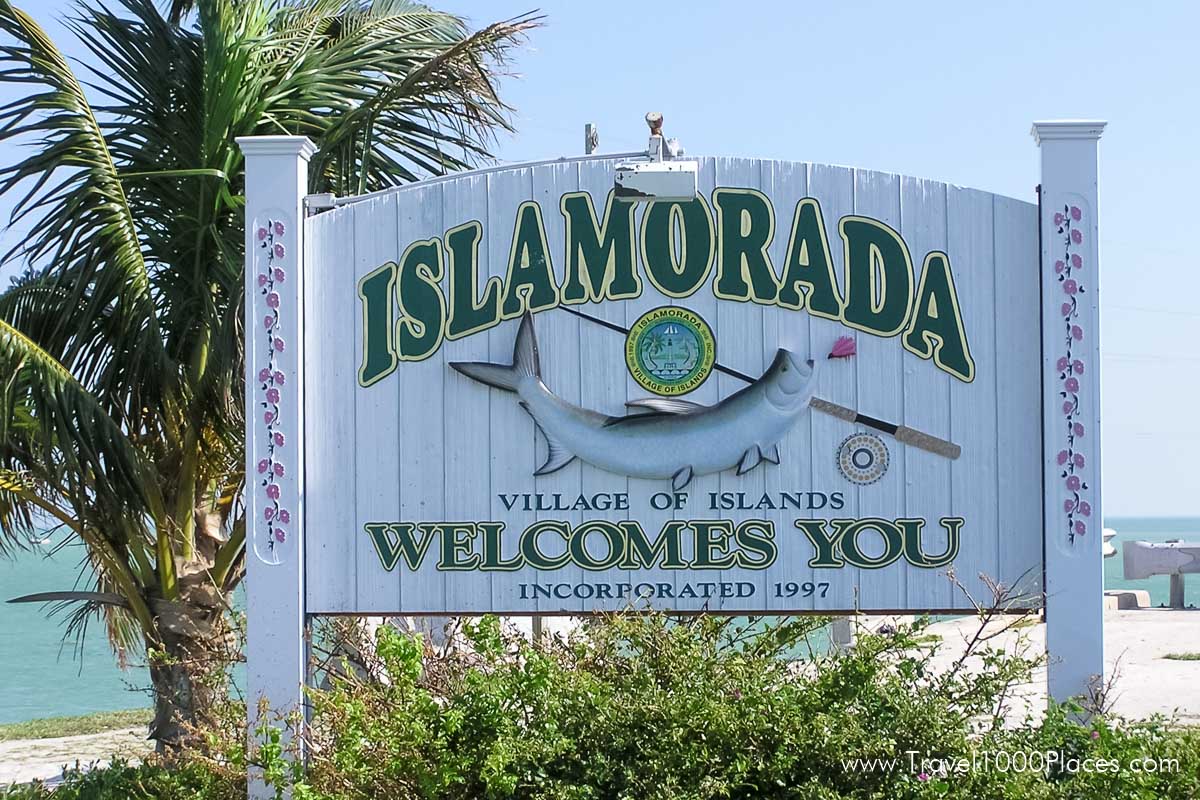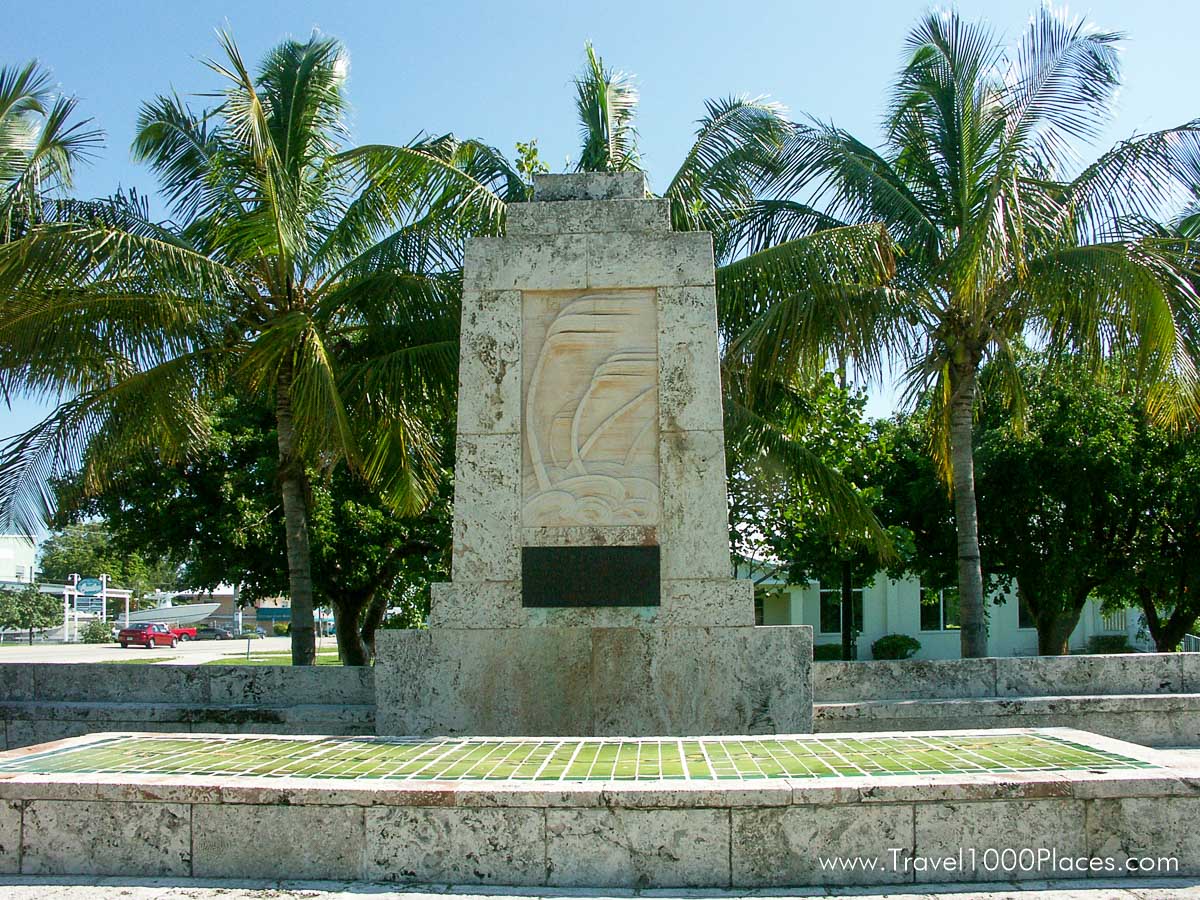
Islamorada
Known as the “Sportfishing Capital of the World,” Islamorada is heralded for its angling diversity and features the Keys’ largest fleet of offshore charter boats and shallow water “backcountry” boats. Across the breathtaking Seven Mile Bridge, the Lower Keys provide an easygoing respite, with wide-open settings bordering breathtaking ocean views.
Here, visitors can camp beneath the tropical island skies, take a night dive or spot the tiny Key deer that reside in the area.
Take a kayak excursion through the Keys’ shallow-water backcountry environment, ranging from mangrove communities to turtle grass flats to sponge flats. Wildlife and rare birds abound in these unspoiled areas.
In Islamorada, families can visit the famous Theater of the Sea, where porpoises and sea lions cavort in spacious, coral rock-lined natural ponds, and barracuda, tarpon and shark can sometimes be spotted.
The four islands of Islamorada also offer numerous tranquil spots to relax under the sun’s glorious golden rays and then live it up late night at a beachfront Full Moon Party.
The name Islamorada is frequently translated from Spanish as ‘purple isles, and the color purple inundates our shops and resorts.

Lignumvitae Key State Park
Attraction is the ‘Matheson House’ which was built in 1919 by the Spanish. Transportation to the tiny island is provided by Robbie’s Marina.
Website: https://www.floridastateparks.org/lignumvitaekey/
More information
The Visitor’s Center is located in a historic red caboose along the Heritage Monument Trail at Mile Marker 82.5 on the bay side.
Indian Key
The history of Indian Key spans from thousands of years before the arrival of the Spanish in Florida, when the key was the home to prehistoric Indians, to the 1830s when Indian Key was the seat of Dade County.
Wrecking, the salvage of vessels wrecked on offshore reefs, has been an important industry in the keys since the late 1700s. Under the direction of Jacob Housman, who bought the island in 1831, Indian Key challenged Key West as a wrecking center. Housman built a store, hotel, residences, warehouses and wharves as he turned Indian Key into a busy port. In 1836 he had the Legislative Council establish Dade County with Indian Key as the county seat. This prosperous community came to a violent end on August 7, 1840, when the town was attacked and burned by Seminole Indians during the Second Seminole War. The remains of stone foundations and cisterns can be seen today on walking trails.
Indian Key is one mile offshore on the ocean side of U.S. 1 at Mile Marker 78.5. The island is administered as the Indian Key State Historic Site and is accessible only by private boat or charter boats available at nearby marinas. For more information write or call: Indian Key State Historic Site, c/o Lignumvitae Key State Botanical Site, P.O. Box 1052, Islamorada, FL 33036; (305) 664-4815.
Lower Matecumbe Key
Upper / Lower Matecumbe Key
Upper Matecumbe Key is an island in the upper Florida Keys. U.S. 1 crosses the key at approximately mile markers 79–83.5, between Windley Key and Lower Matecumbe Key. All of the key is within the Village of Islamorada as of November 4, 1997, when it was incorporated.
Lower Matecumbe Key is an island in the upper Florida Keys, United States, located on U.S. 1 between mile markers 75–78. All of the key is within the Village of Islamorada as of November 4, 1997, when it was incorporated.

